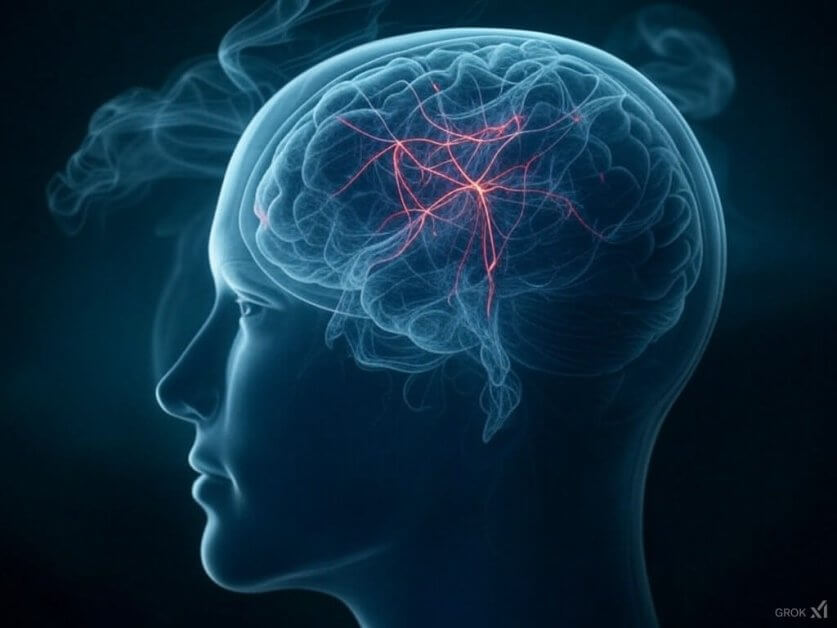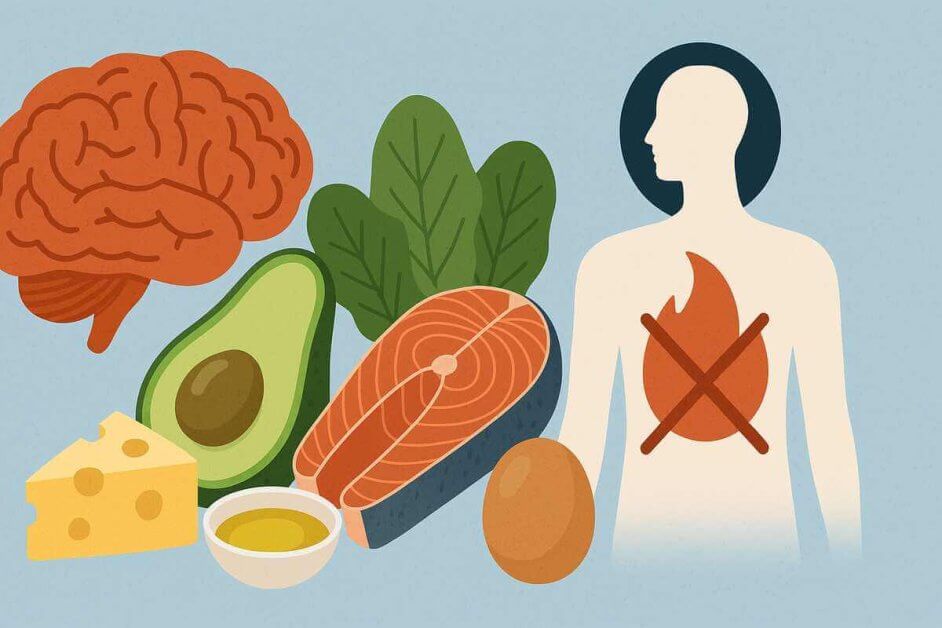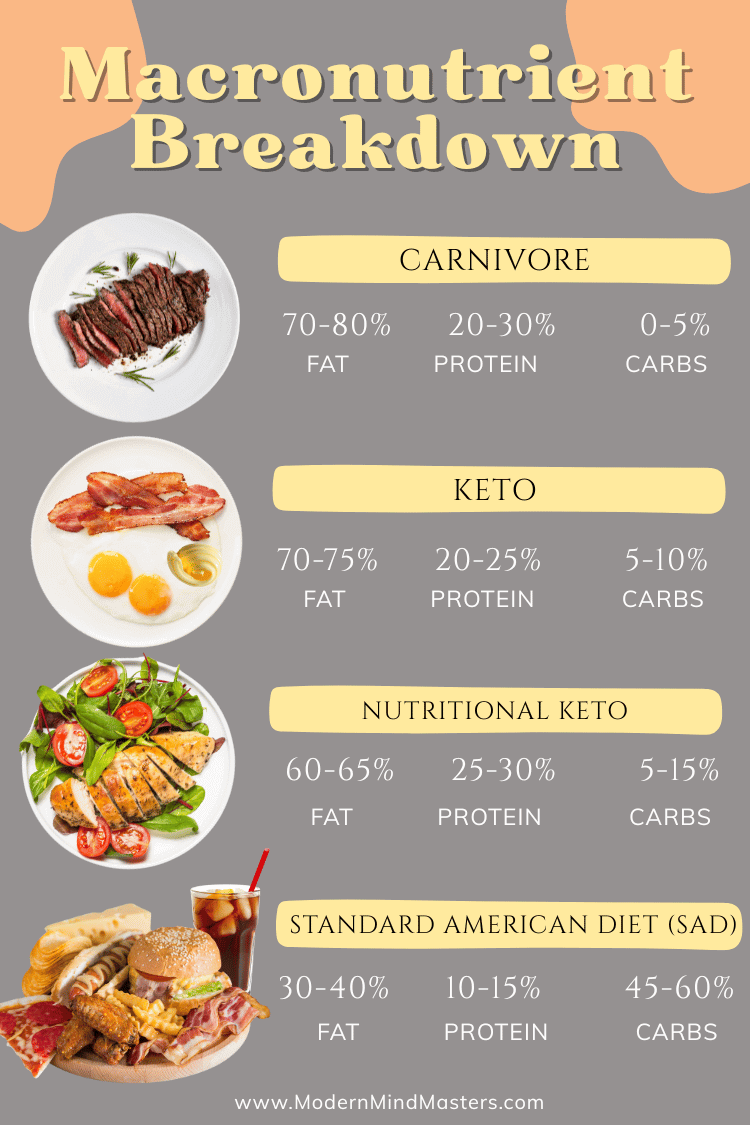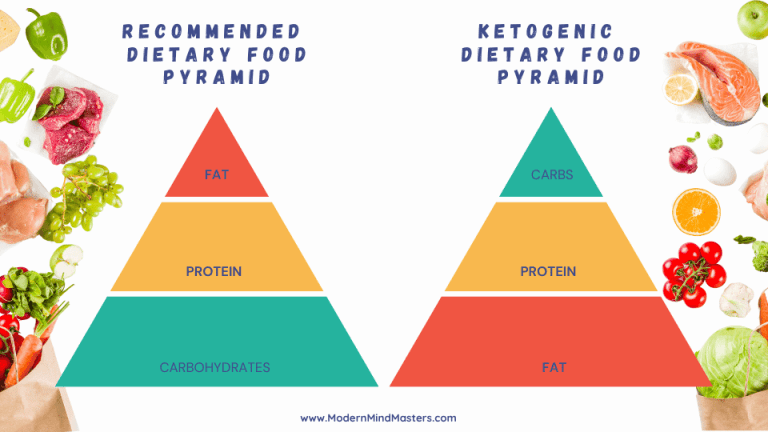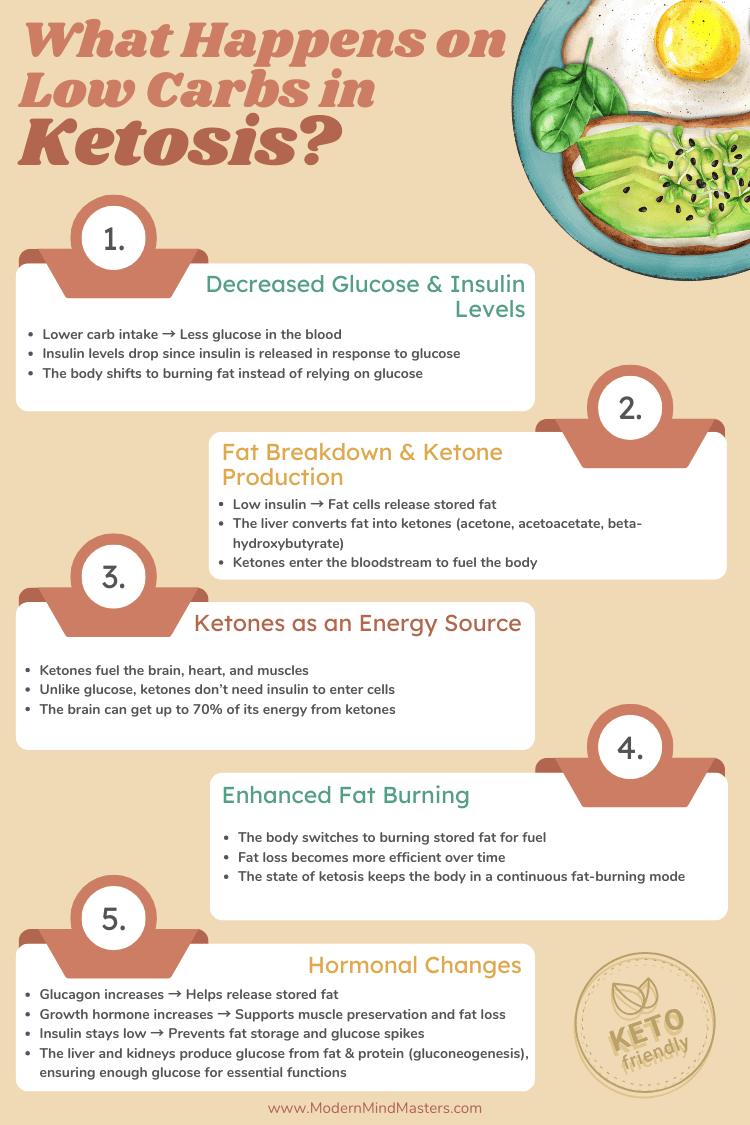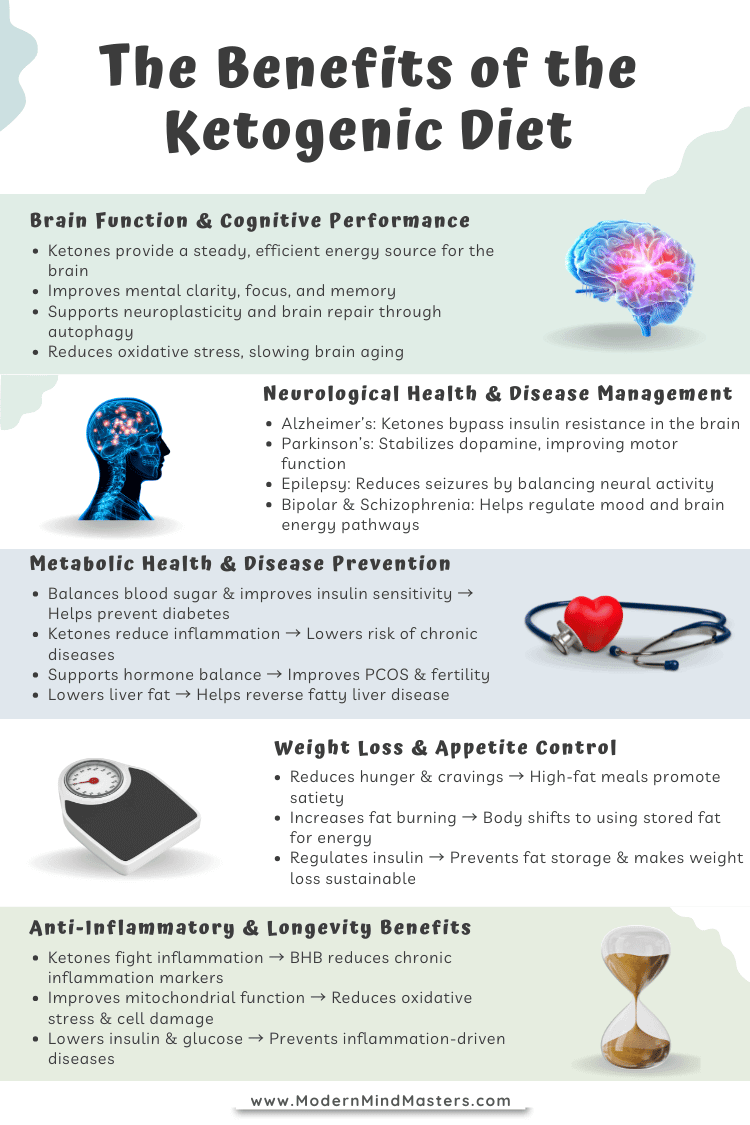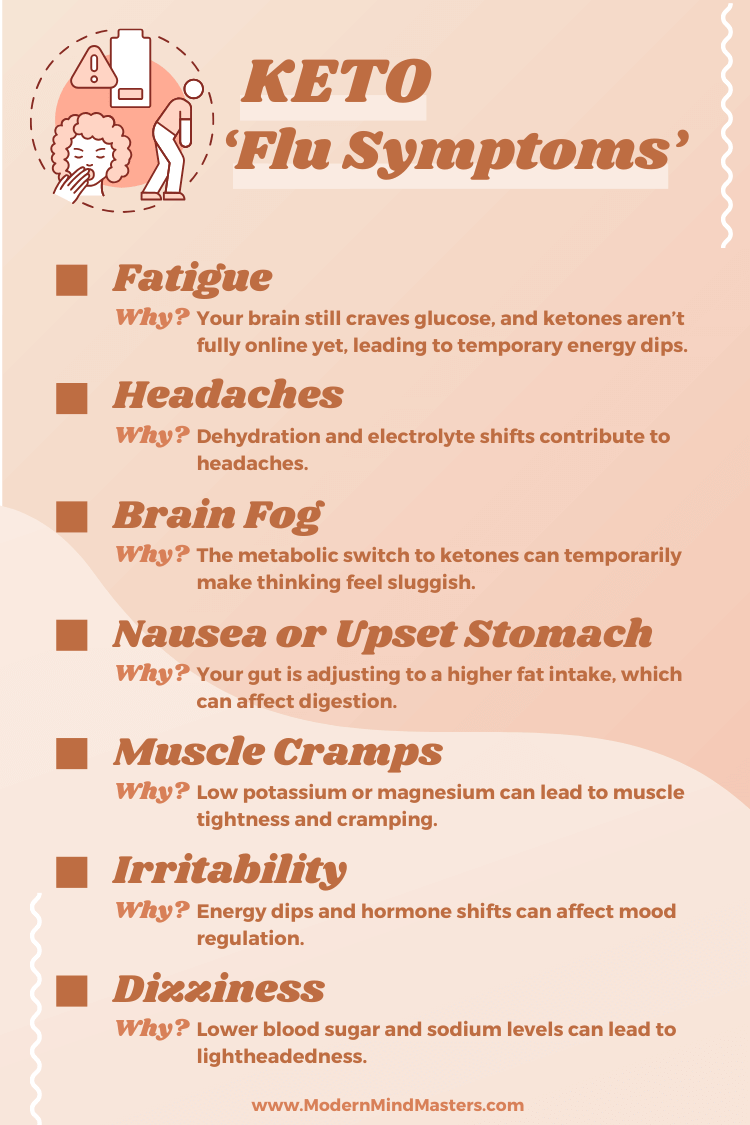Diabetes: The keto diet helps regulate blood sugar levels by minimizing carbohydrate intake, improving insulin sensitivity, and reducing the need for insulin production.
Inflammation: Ketones, particularly beta-hydroxybutyrate (BHB), act as anti-inflammatory molecules that suppress pathways associated with chronic inflammation, reducing risks of metabolic diseases.
Polycystic Ovarian Syndrome (PCOS): By lowering insulin levels and balancing hormones, keto has been shown to improve PCOS symptoms and fertility.
Fatty Liver Disease: The diet reduces liver fat accumulation by lowering insulin levels and promoting fat burning, helping reverse non-alcoholic fatty liver disease (NAFLD).
